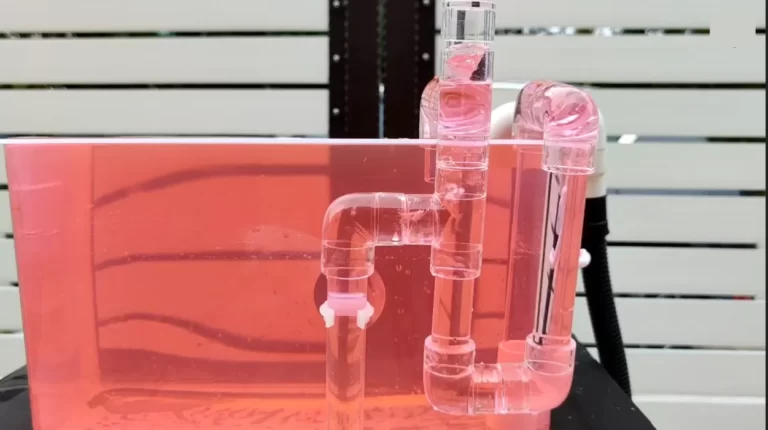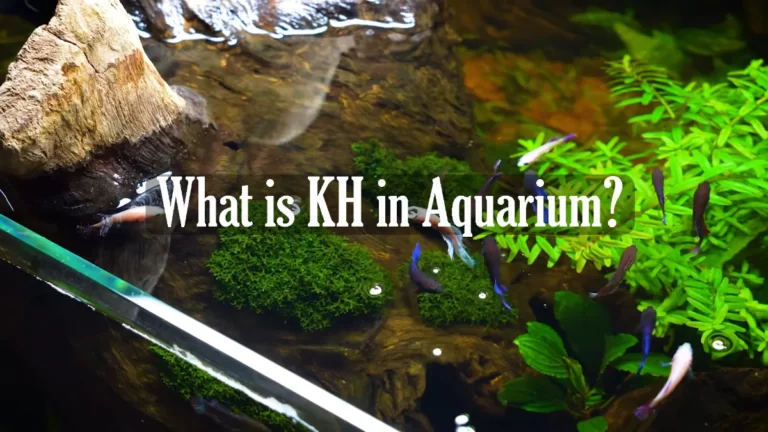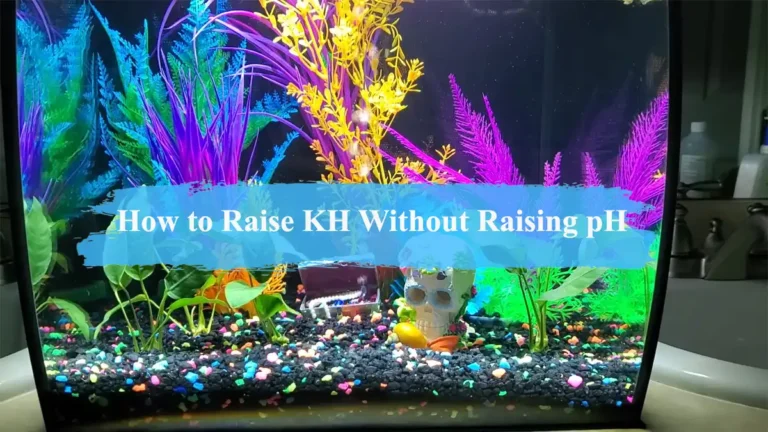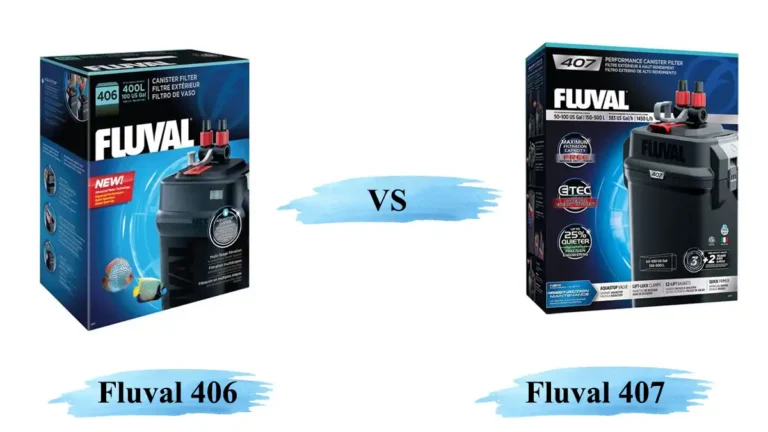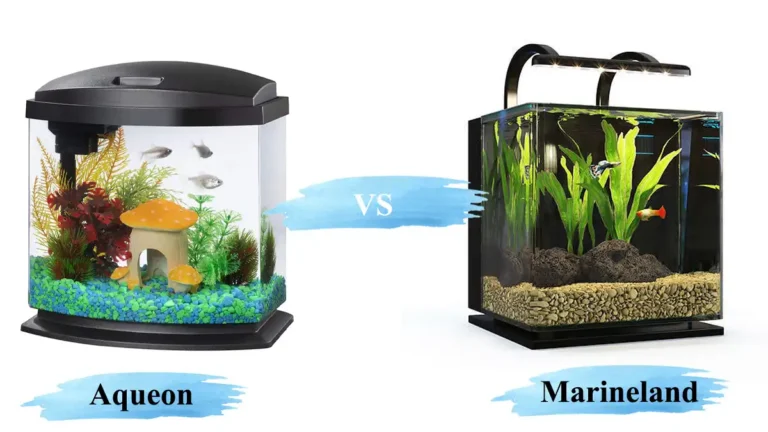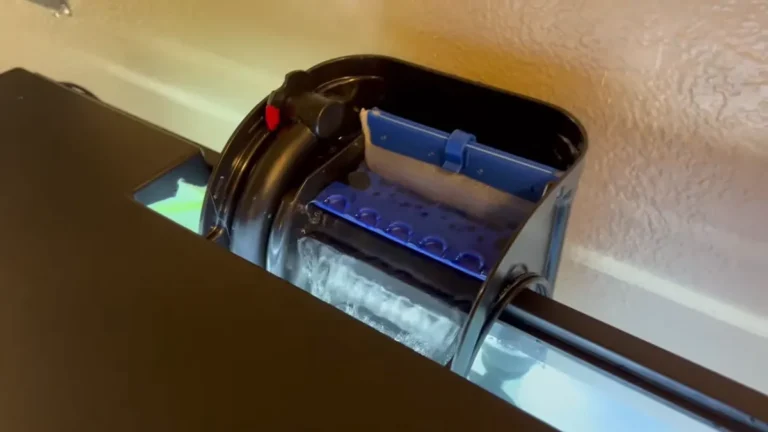How Fast Does Ammonia Poisoning Kill Fish?
Ammonia poisoning is a common and serious problem in home aquariums that can quickly lead to the death of fish. Ammonia is a toxic substance that is produced by fish waste, uneaten food, and decaying plant material. When the concentration of ammonia in the water becomes too high, it can cause significant harm to fish and other aquatic life.
One of the most common causes of ammonia poisoning in aquarium fish is a new tank setup. During this time, beneficial bacteria that help to break down ammonia have not yet established themselves in the tank. This means that ammonia levels can quickly rise to toxic levels, leading to fish death within one or two weeks. However, ammonia poisoning can also occur in established tanks due to overfeeding, inadequate filtration, or poor water quality.
Key Takeaways
- Ammonia poisoning is a common and serious problem in home aquariums that can quickly lead to the death of fish.
- The most common cause of ammonia poisoning in aquarium fish is a new tank setup, but it can also occur in established tanks due to overfeeding, inadequate filtration, or poor water quality.
- Understanding the causes and symptoms of ammonia poisoning in fish is essential for preventing and treating this condition.
Understanding the causes and symptoms of ammonia poisoning in fish is essential for preventing and treating this condition. In this article, we will explore the role of ammonia in the aquarium environment, the impacts of ammonia poisoning on fish health, and the prevention and treatment of this condition.
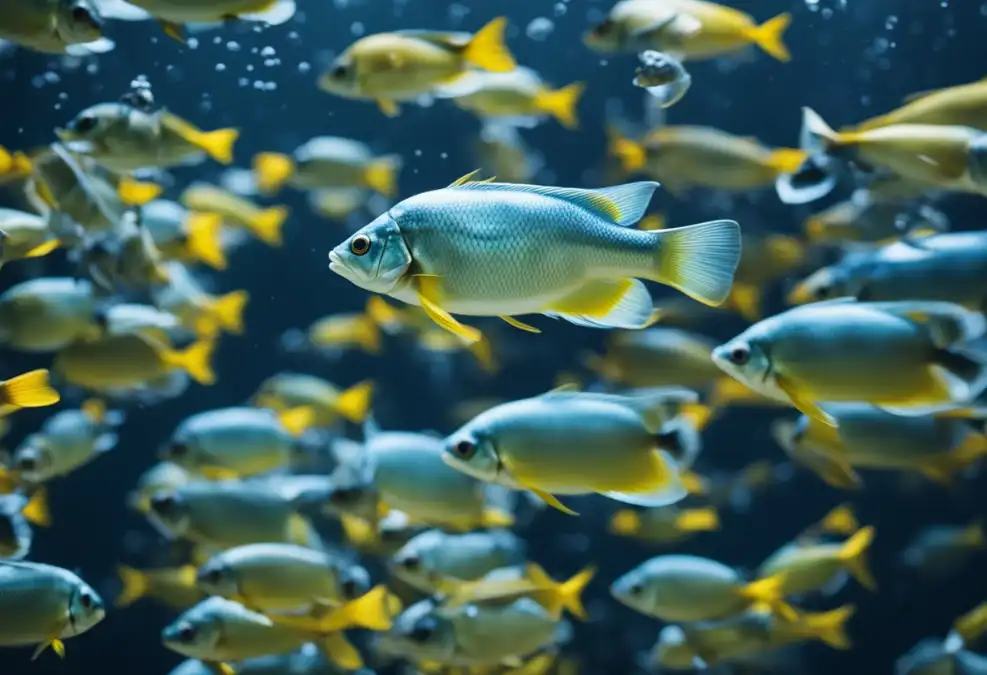
Understanding Ammonia Poisoning in Fish
Ammonia is a toxic gas that is produced by fish waste, excess food, and decaying plant material in aquariums. In small amounts, ammonia is not harmful to fish, but when it accumulates to high levels, it can lead to ammonia poisoning, which can be fatal.
Fish that are suffering from ammonia poisoning may exhibit a range of symptoms, including loss of appetite, gasping for air at the surface of the water, difficulty breathing, visible burns on the skin and fins, inflamed gills, and lethargy. These symptoms can appear quickly, and if left untreated, the fish may die within a short period of time.
The speed at which ammonia poisoning kills fish depends on the level of ammonia in the water. Higher concentrations of ammonia can lead to quicker fatalities, sometimes within hours or days. In some cases, fish may survive for a longer period of time, but they may suffer from long-term damage to their organs and immune systems.
To prevent ammonia poisoning in fish, it is important to maintain a healthy aquarium environment. This includes regular water changes, proper filtration, and not overfeeding the fish. It is also important to test the water regularly to monitor ammonia levels and take action if they become too high.
In summary, ammonia poisoning is a serious condition that can be fatal to fish. It is important to understand the signs and symptoms of ammonia poisoning and take steps to prevent it from occurring in the first place. By maintaining a healthy aquarium environment, fish owners can help ensure the long-term health and wellbeing of their aquatic pets.

The Role of Ammonia in the Aquarium Environment
Ammonia is a toxic compound that can be harmful to fish and other aquatic animals in the aquarium environment. It is a byproduct of fish waste, uneaten food, and decaying plants, and can quickly build up to dangerous levels if not properly managed.
In the nitrogen cycle, ammonia is converted into nitrite, and then into nitrate, by beneficial bacteria in the aquarium. However, in a new aquarium or one that has undergone a major change, the nitrogen cycle may not be established, leading to a buildup of ammonia. This is often referred to as “new tank syndrome.”
High levels of ammonia can cause a range of health problems for aquarium fish, including ammonia burns, respiratory distress, and even death. It is important for aquarium owners to regularly test their water for ammonia levels and take steps to reduce them if necessary.
One way to reduce ammonia levels is through regular water changes. This can help dilute the concentration of ammonia in the aquarium and remove other harmful compounds. Another option is to use aquarium salt, which can help reduce stress in fish and improve their overall health.
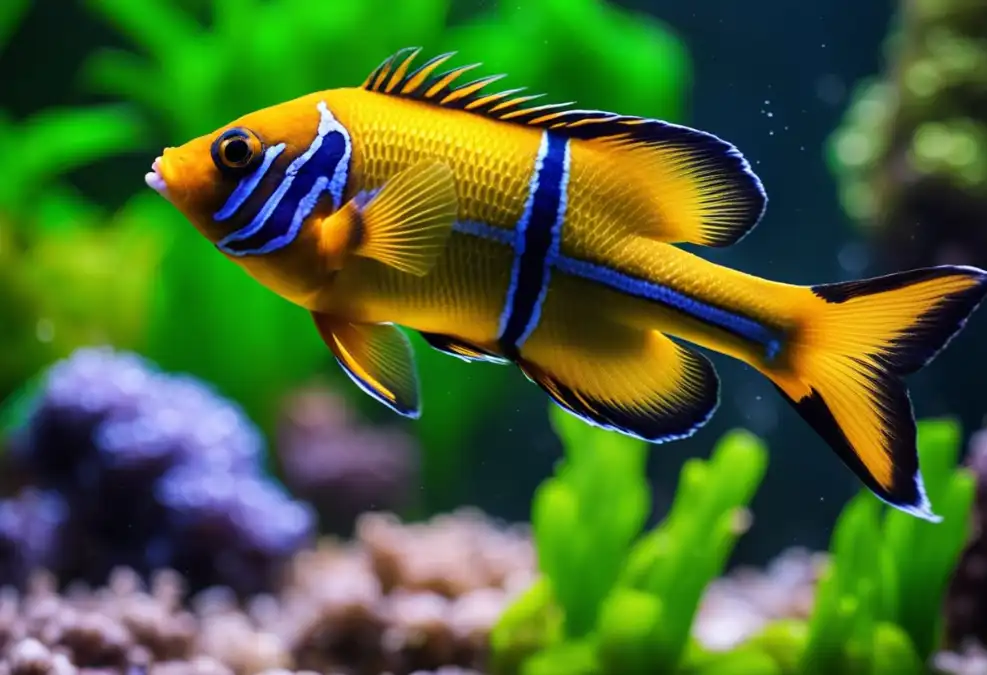
Prevention and Treatment of Ammonia Poisoning
Prevention is key when it comes to ammonia poisoning in fish. The best way to prevent ammonia poisoning is to maintain good water quality and avoid overfeeding, overstocking, and overcrowding the tank. Regular tank maintenance, including partial water changes, is crucial in preventing ammonia buildup.
One way to maintain good water quality is to establish a healthy colony of beneficial bacteria in the tank. This can be achieved through tank cycling, which involves adding a source of ammonia to the tank and allowing the bacteria to convert it to nitrite and then to nitrate. It is important to regularly test the tank water for ammonia, nitrite, and nitrate levels to ensure that they are within the ideal range for fish.
In cases where ammonia levels are high, partial water changes can help to dilute the concentration of ammonia in the tank. It is important to use aged water or dechlorinated tap water for water changes, as untreated tap water can contain chlorine and other harmful chemicals that can stress or harm fish.
If a fish is showing signs of ammonia poisoning, such as ammonia burns or lethargy, it is important to isolate it in a quarantine tank and treat it with medication. Antibiotics can be used to treat bacterial infections that may have resulted from the fish’s weakened immune system due to ammonia poisoning.
Impacts on Fish Health
Ammonia poisoning can have severe impacts on fish health. Fish rely on their gills to extract oxygen from the water, and ammonia can damage the delicate tissues of the gills, leading to respiratory distress. In addition, ammonia can also damage the skin and immune system of fish, making them more susceptible to infections and diseases.
Symptoms of ammonia poisoning in fish can include gasping for air at the water surface, lethargy, loss of appetite, and red or inflamed gills. If left untreated, ammonia poisoning can quickly lead to fish death.
The prognosis for fish suffering from ammonia poisoning depends on the severity of the exposure and how quickly it is addressed. In some cases, fish can recover if the ammonia levels are reduced and the water quality is improved. However, if the exposure is severe or prolonged, it may be too late to save the fish.
It is important to note that different species of fish have different tolerances for ammonia. Freshwater fish, for example, are generally more sensitive to ammonia than saltwater fish. Therefore, it is crucial to monitor the ammonia levels in the water and adjust accordingly based on the specific needs of the fish in the aquarium.
To prevent ammonia poisoning, it is essential to maintain good water quality in the aquarium. This includes regular water changes, proper filtration, and avoiding overfeeding. Testing the water regularly for ammonia levels can also help prevent ammonia poisoning and ensure the health of the fish.
Read Also: Nitrite Levels in Saltwater Aquarium: Understanding the Risks and How to Control Them
Frequently Asked Questions
How quickly can fish die from ammonia poisoning?
Fish can die from ammonia poisoning within a short period of time, typically within one to two weeks. However, the speed of fish death due to ammonia poisoning depends on the level of ammonia in the water. Higher concentrations of ammonia can lead to quicker fatalities, sometimes within hours or days.
What are the signs of ammonia poisoning in fish?
The signs of ammonia poisoning in fish include gasping for air at the surface of the water, lethargy, loss of appetite, and reddening or inflammation of the gills. In severe cases, fish may exhibit erratic swimming behavior, lay at the bottom of the tank, or even die suddenly without any apparent symptoms.
What is the cause of ammonia poisoning in fish?
Ammonia poisoning in fish is caused by the buildup of ammonia in the water. This can occur due to overfeeding, overstocking, inadequate filtration, or insufficient water changes. When ammonia levels in the water exceed safe levels, it can cause serious harm to the fish and other aquatic life. Therefore, it is important to maintain good aquarium hygiene and regularly monitor ammonia levels to prevent ammonia poisoning in fish.

